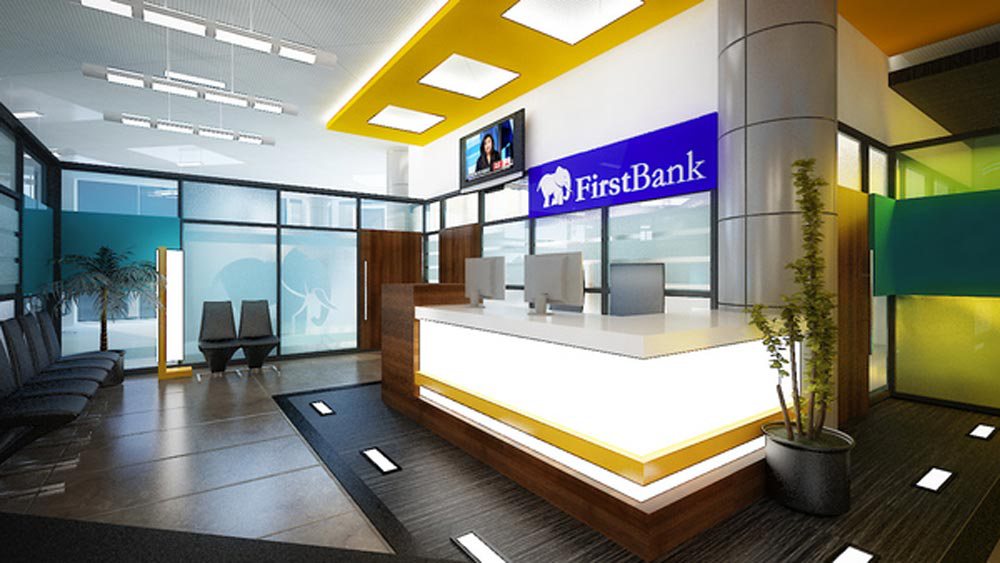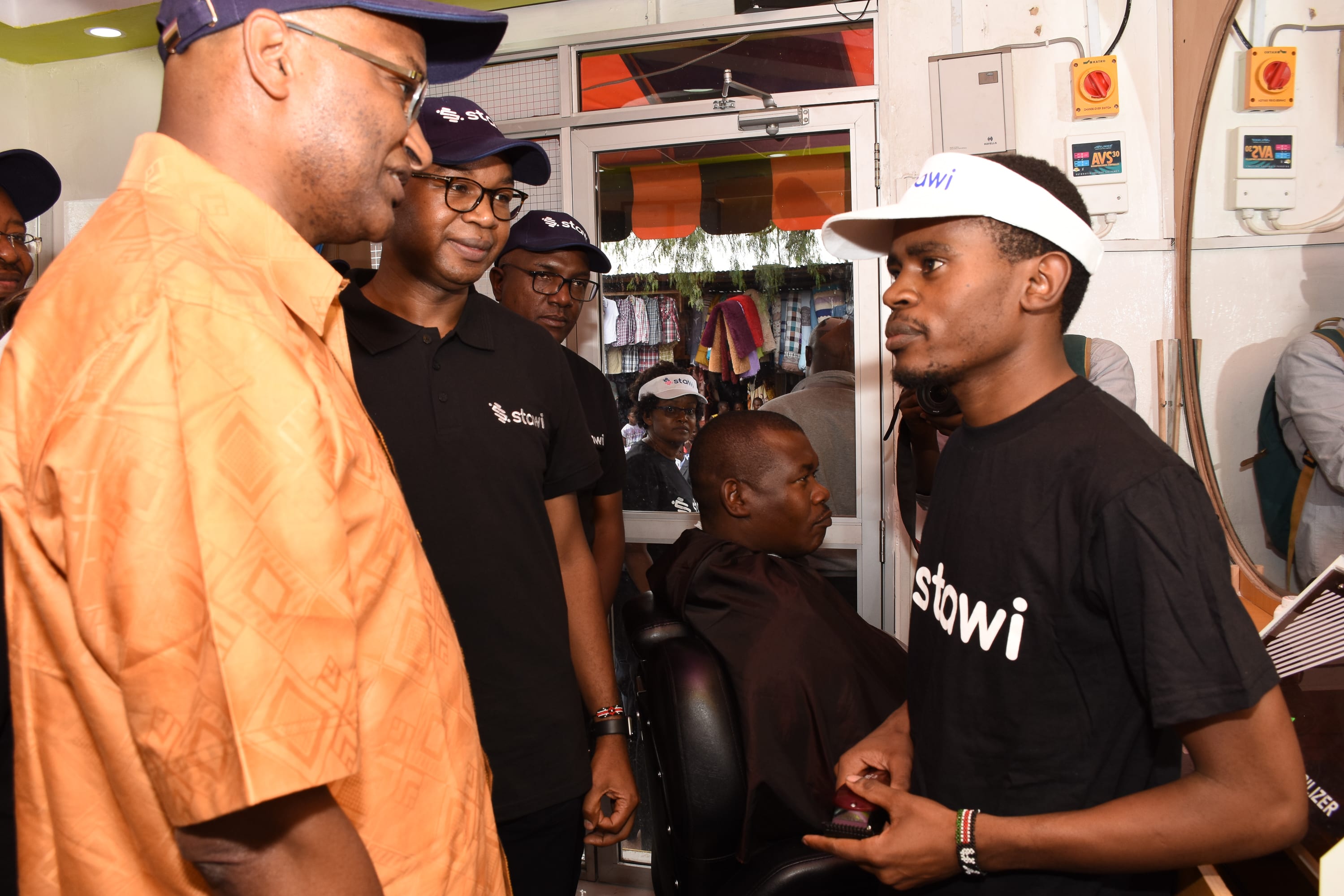Nigerian Banks And Loan Disbursement To Small And Medium Scale Businesses
This is a good time for Nigerian businesses to access loans. Nigeria’s Central Bank has recently mandated all money deposit banks in the country to give out 60% of all the money within their disposal as loans. Here is how some banks across Nigeria are starting to observing the directive.

Access Bank
Nigeria’s Access Bank, which has recently gone into a merger with Diamond Bank has recently announced plans to launch an innovative portal that will allow customers to process their loan application online. The bank granted up to N37 billion loans to its SMEs customers in 2018 alone.
The Bank has also organized a sensitization programme for players in the creative industry with a view to making access to the CBN Creative Sector Intervention Fund, CIFI, more seamless.
The Central Bank of Nigeria, CBN, recently rolled out the CIFI as part of its efforts to open up the creative sector and improve its contribution to the economy.
The CBN has already earmarked N20 billion for disbursement in the first phase of the exercise with three to 10 years payback plan and a maximum of nine percent interest rate per annum.
Fidelity Bank
- Fidelity Bank has recently announced a partnership with PwC Nigeria, a tax and advisory services company, to fund SMEs with N12 million grant in its Fidelity Small and Medium Enterprises (SMEs) Funding Connect Series.
- The bank also said that, at the final series of the event, three finalists will be rewarded a grand sum of N2 million (1st position) and N1 million each for the 2nd and 3rd positions respectively. The Executive Director Shared Services and Products, Mrs. Chijioke Ugochukwu, disclosed this at the Fidelity SME Forum on Inspiration FM, Lagos.
- The event which will kick off in Lagos on August 7, 2019, is focused on funding.
“The event is focused on funding because in the course of our work, we have realised that aside capacity issues, funding is a major issue. So we try to create a platform where the supply and demand sides of the equation would meet. Supply meaning the fund providers while the demand side means the founders/entrepreneurs,’’ she said.
- The entire series will be in Lagos, Port-Harcourt, later this year and in Kano early next year and we anticipate that across the three series we will have at least 3,000 participants, 10,000 SMEs, that will come in contact with 60 founders, 60 entrepreneurs and in total we are looking at N12 million in grants and across the entire series of the six breakout session in networking cocktails.
- The three capacity building sessions will be with fund providers, founders, on one hand, model entrepreneurs, founders and subject matter experts.
- “The five finalists get a chance to pitch the entire forum on August 7. So the five finalists will be live at the event and they will speak to the house about their ideas and three winners will emerge. The first prize will be N2 million and two consolation prizes of N1 million each.”
- “To attend the event, you are to register by visiting the dedicated website for the bank which is smeconnect.fidelitybank.ng and of course also via the event app which you can download from Google Play stores for android phone users and the RS app store for Apple users.”
 Nigerian banks’ lending pattern pointing to financial exclusion of SMEs
Nigerian banks’ lending pattern pointing to financial exclusion of SMEs
First Bank Of Nigeria
If you own micro, small or medium agricultural enterprise, this loan facility is a special intervention fund provided by the CBN to support your business. You get this loan at a low-interest cost and enjoy long-tenured repayment structure; to assist your business in enhancing capacity for employment generation, growth, and economic development.
Trusted customers of FirstBank seeking to expand their agri-businesses using low priced credit facilities as made possible under the scheme can benefit from this loan.
See Also: From September 30, More Loans Would Be Available For Nigerian Businesses
Features
- Maximum obligor limit is N50m.
- Maximum tenure is 5 years.
- Management experience of at least 3 years in the enterprise to be funded is required.
Benefits
- Interest rate: 9% (all-in), no other fee can be charged.
- The credit facility is available either as term loan or overdraft.
Required Documents
- Formal application for a Credit Facility.
- Certificate of Incorporation.
- Memorandum and Article of Association (MEMART).
- Board Resolution to Borrow.
- Feasibility Study/Business Plan.
Who Can Apply
- SMEs with at least 3yrs Mgt Experience (Max obligor limit of N50m).
GTB
Fashion Industry Credit
Tailored to your Fashion business, designed for growth. In line with the CBN creative industry loan, the bank has created a single-digit interest rate loan at 9% to provide entrepreneurs in the fashion industry with all the financing they need to grow their business.
The loan can be:
- Up to N5 Million for your fashion business.
- Single-digit (9% per annum) interest rate at 0.75% per month
- No fees
- Flexible repayment plan spread over 360 days
- Customers can access up to 50% of the average annual turnover
Food Industry
The bank also grants loan to the food industry. Now you can get all the financing you need with the GTBank Food Industry Credit, which offers you a single-digit interest rate loan of just 9% per annum.
The loan can be:
- Up to N2 Million
- 9% per annum interest rate (0.75% monthly)
- Flexible repayment plan spread over 180 days
- Zero Fees
Charles Rapulu Udoh

Charles Rapulu Udoh is a Lagos-based Lawyer with special focus on Business Law, Intellectual Property Rights, Entertainment and Technology Law. He is also an award-winning writer. Working for notable organizations so far has exposed him to some of industry best practices in business, finance strategies, law, dispute resolution, and data analytics both in Nigeria and across the world.













